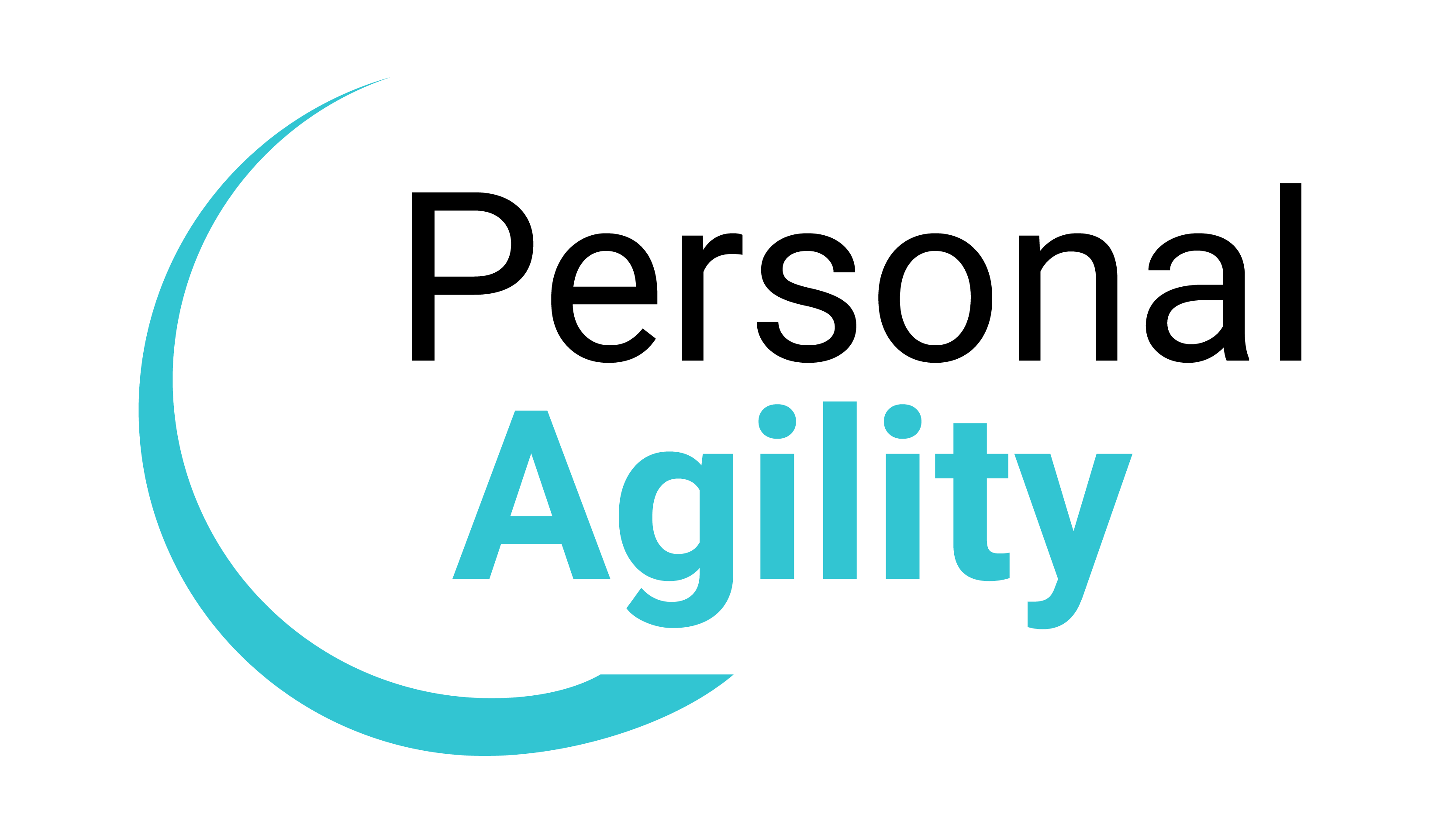
Michael Mrochern is co-founder and Chairman of the Board of Vivior AG, a Swiss digital health start-up. Founded in 2017 by a group of experienced eye care professionals, the company offers a novel wearable device – the Vivior Monitor – to objectively measure visual behavior prior to vision correction interventions.
Michael formulated the problem: “The situation was really frustrating. We were bringing a new type of product to the market in health care. We knew this would be hard, but COVID-19 made our lives very difficult. We tried to position the product in three different markets. We had early successes with each and had secured agreements with major players. Then all these initiatives were put on hold due to the COVID-19 global pandemic.”
“This made it impossible to get additional funding for our projects, which left us in a difficult situation. We were good at raising money from investors, but the money got spent to keep the company afloat at a time we could not develop the product.”
“We were running out of money but our industry partners could not proceed. As a result, we were not meeting our revenue goals and the cash was burning.”
The PAS Stakeholder Canvas played a key role in enabling everyone to understand the positions of each board member and stakeholder as well create a common understanding of what really mattered. Thanks to this alignment, the board was able to agree on the best strategy moving forward, then implement that strategy effectively.
Challenge
“Our market challenges were compounded by our internal challenges. There was a difference of opinion between the founders and management about how to react to this situation. Two opinions became two camps: On the one side, ‘We have a product, we just need to find the right customers.’ On the other side, ‘No, we have customers, but they don’t seem to want the product. We need to adapt the product.’”
“We had focussed on being ready to ramp up, but information did not flow effectively within the company. We had a ‘my kingdom mentality’. We were set up to address the three market segments, but did not have the necessary strength in any of them. We were not able to say no to any markets.”
“The organization seemed frozen on making decisions. We were able to acquire new customers, but they were not using our product and our revenue depended on usage. We had lots of endless discussions that did not lead to useful results. Personality and ego were getting in the way.”
“There was a mismatch between the internal perspective and the investment perspective. Internally, we believed we were doing everything we could, but there wasn’t any progress to show the investors around our key success measures: usage and revenue.”
“We had a roadmap to enter our markets with strategic partners. The roadmap didn’t work any more, because everything was cancelled. The organization was not equipped to respond to the situation. We had three directions we could focus in. There were huge opportunities, all had challenges, and we need to focus on one of them.”
Desired Outcome
“We needed to get the company unstuck and create the willingness to try something new. I knew, if we kept on doing what we were doing, we would fail.”
“I believe successful companies have a good ear to their customers. We didn’t have that. We had a mindset of ‘we know better than the customers’, and we needed to change that into ’we are learning from the customers’. We needed alignment within the organization about the importance of learning. Individual efforts were not sufficient. Individually we heard, but the organization couldn’t react.”
“We wanted progress on revenue. We wanted progress on activations of our product. Things that weren’t happening. Most immediately, we wanted to create clarity on the need to focus and agreement on which market to focus on. We needed to figure out which opportunity was the right one to focus on and get full support from all the stakeholders on the new direction.”
Actual Result
“We got unstuck. We started really listening to each other.”
“We were able to create a common understanding of the opportunities and challenges. We were able to identify the possible routes forward then create a consensus around the best route forward. We were able to move forward with the full support of the board and no significant opposition.”
“We realized we needed to focus, although initially there was no agreement on what to focus on. We realized we had many opportunities. We chose to focus on one market, where we saw the most immediate potential. We were able to refocus without delay.”
“We began adapting the product and the company to the needs of the market and we sharpened our focus on the most promising market.”
Path to Success
“We engaged an outside coach to interview each stakeholder individually then lead us through a workshop together with the goal of deciding what to do next. The coach used the PAS Stakeholder Canvas to guide the conversation and understand each stakeholder’s point of view.”
“The interviews covered the objectives at hand, challenges, fears, frustrations, definition of awesome, and possible next steps. To conclude each interview, the stakeholder confirmed what really mattered from their perspective.”
“The workshop emphasized storytelling and listening. We made small working agreements, such as listening before we talk, asking before we tell, listening for understanding, and asking clarifying questions. Making small agreements in the morning enabled us to have conversations about real issues later in the day with minimal conflict.”
“The facilitation played an important role. One the one hand, people were worried that this would be a “feel-good, sing kumbaya” kind of event that would not produce any results. Having the authority in the room enabled us to make decisions, while having a neutral facilitator ensured constructive discussions.”
“We had identified a champion for each market segment and they spent the afternoon presenting the alternatives we could focus on. Each champion made their best case and we strove to understand their reasoning and the strengths and weaknesses of each one.”
“At the end of the day, everybody voted, which resulted in a clear recommendation. Even one of the other champions voted for the winning approach. The next day, the board ratified this recommendation.”
“The process of interviewing everyone by an outsider gave us a condensed, holistic and honest view of the situation.The process created transparency and alignment. We were able to see outside the system. We got confirmation about what we were thinking and feeling. It became clear what we needed to do.”
Conclusion
Before considering what to do, the board first built alignment on “What Really Matters”. The Stakeholder Canvas provided powerful questions to enable them to identify what they already agreed on. Finding consensus on “What Really Matters” enabled them to agree on the strategy moving forward.
“We were able to get all of our key stakeholders on board and in agreement on the direction for moving forward. We were able to implement the new strategy immediately with no significant resistance.”
“What made this effort successful? Getting all the key stakeholders and decision makers involved, listening to them and having them in the room (at least virtually) enabled us to decide quickly.”
“Make the vision visible and ask people what they are doing to make it real. The same applies to activities: make them visible to ensure they are in alignment with ‘What Really Matters’”.
“After agreeing on ‘What Really Matters’ to the company, we wrote the topics on cards and put them on the wall where everyone could see them — it became the first column of our task board, just like in Personal Agility!”
This exercise set the stage to apply agility within the leadership team. We applied the basic principles of cadence, ownership, transparency and a focus on producing tangible results, sooner.
“We became responsive as an organization. Previously, individuals would hear things from the customer, but we were unable to respond effectively. Collaboration and talking to each other on a daily basis solved this problem. The company can now respond quickly to any challenges and problems that emerge.”
“If I had to do this again, I would put even more emphasis on taking away the fear. Several people were uncertain and getting them to voice these uncertainties put everything on the table and allowed us to have real, meaningful discussions.”
“I would also spend more time on how we work together. Just because you have spoken to someone doesn’t mean you are aligned. The difference between cooperative and argumentative discussions is huge. A culture based on dialog makes it much easier to surface difficult issues.”
This is how The Personal Agility System scales to any level of an organization. Leveraging tools like the Stakeholder Canvas, constructive dialogue based on Powerful Questions and a shared understanding of “What Really Matters”, a company can focus on the right things and move forward with the support of their stakeholders.
© 2021 Peter B. Stevens and Maria Matarelli. Excerpted from Personal Agility: Unlocking Higher Purpose, Alignment, and Performance
